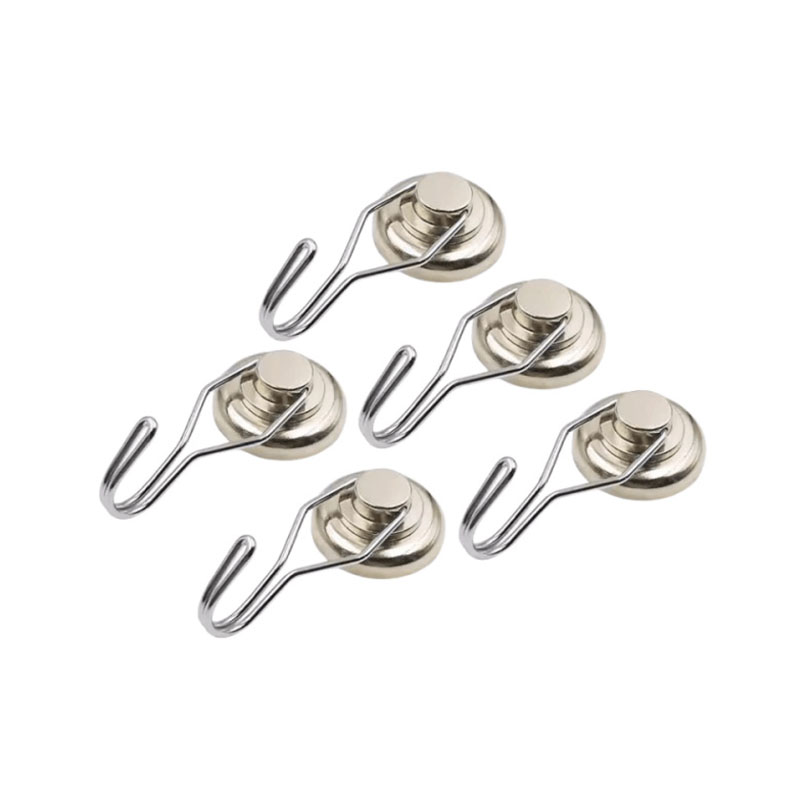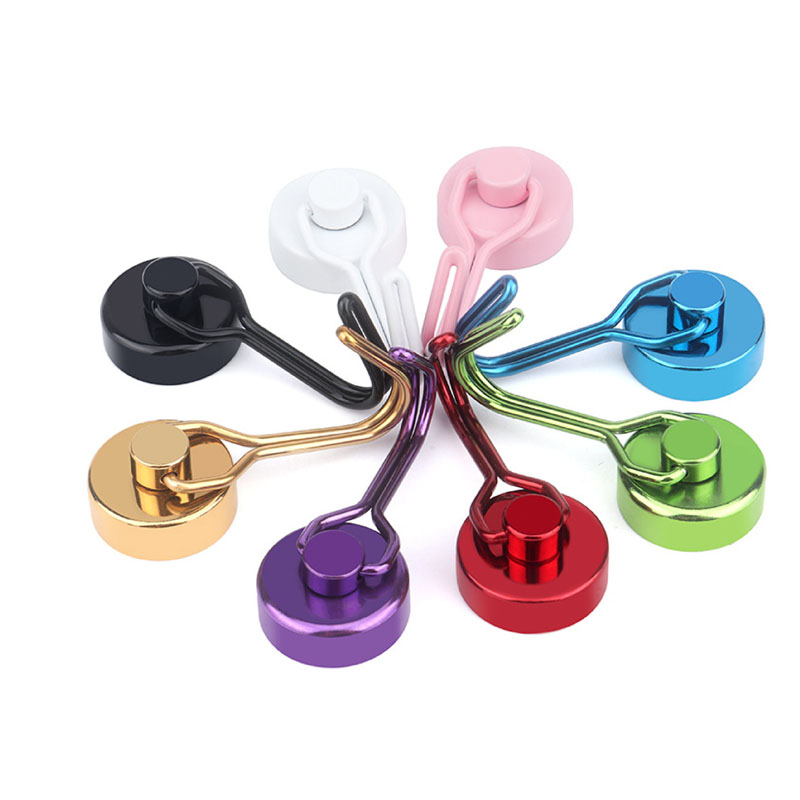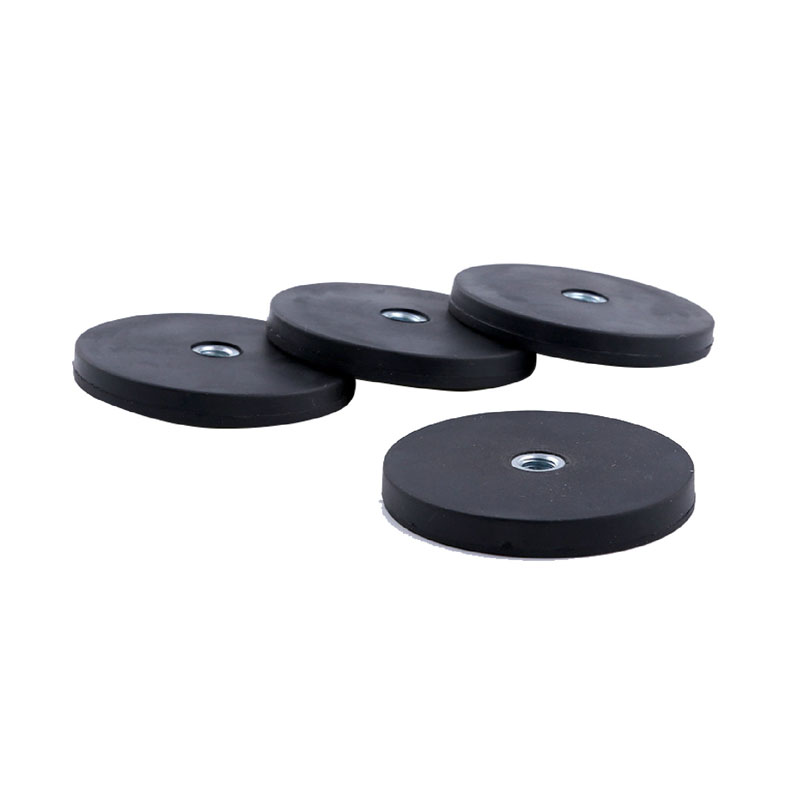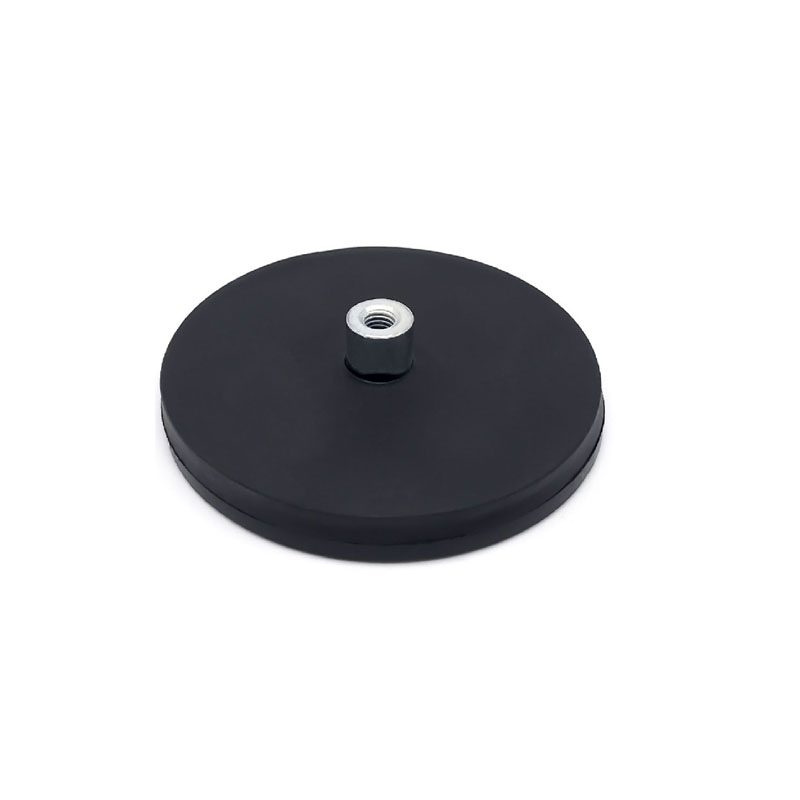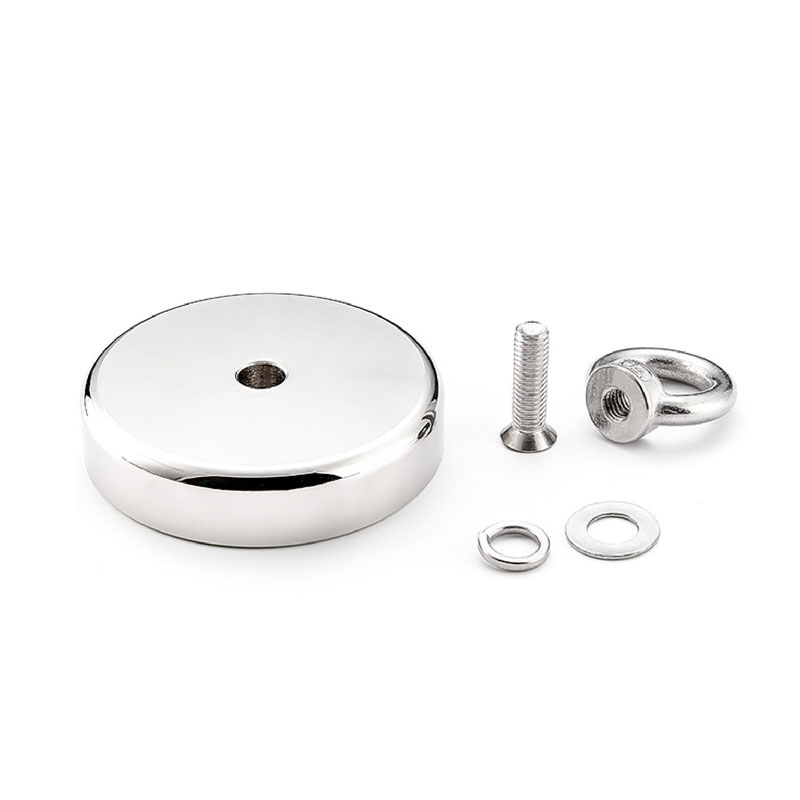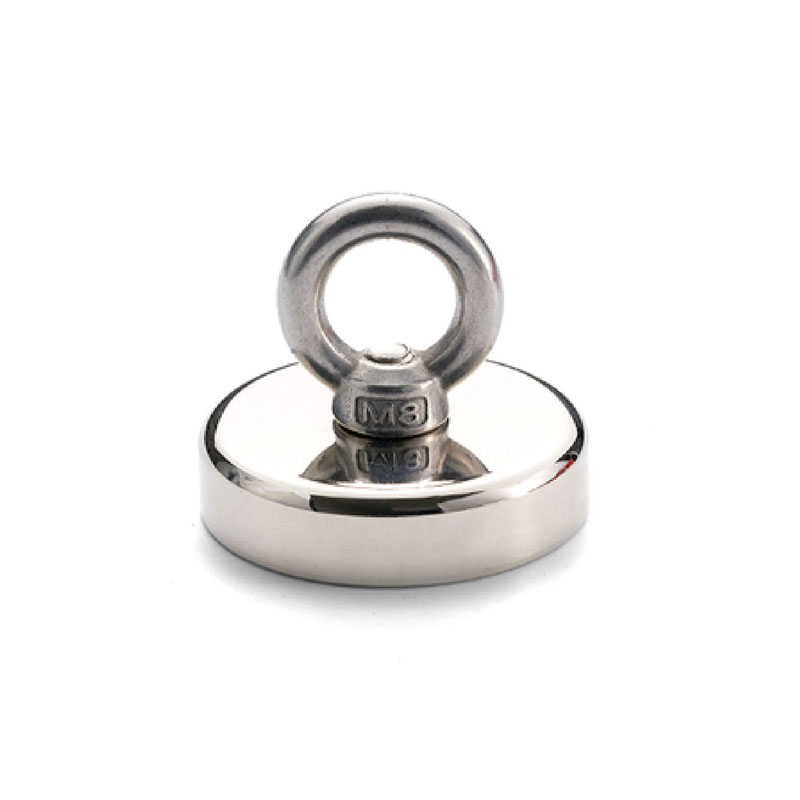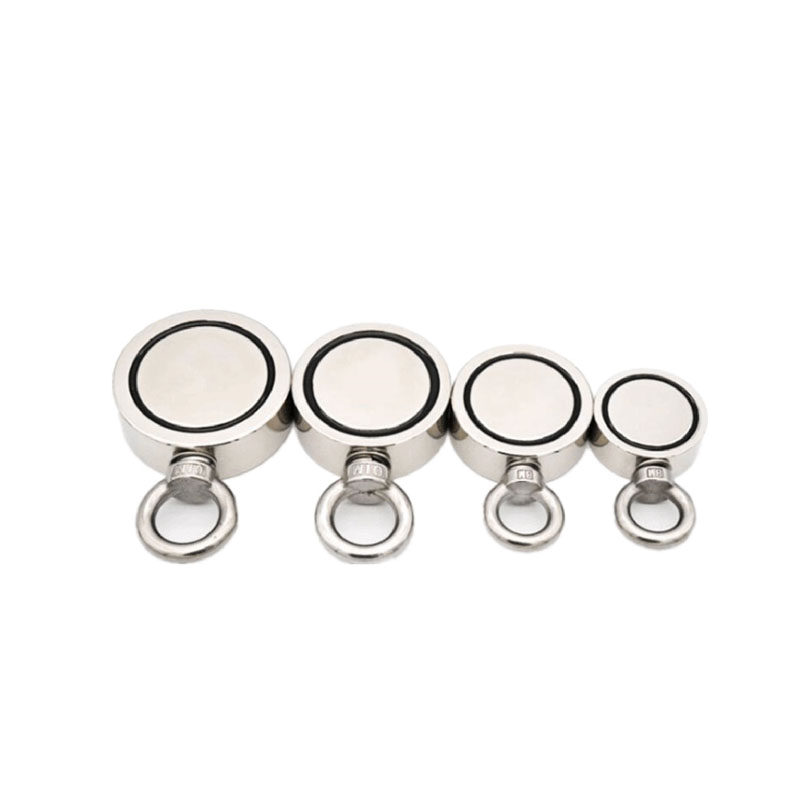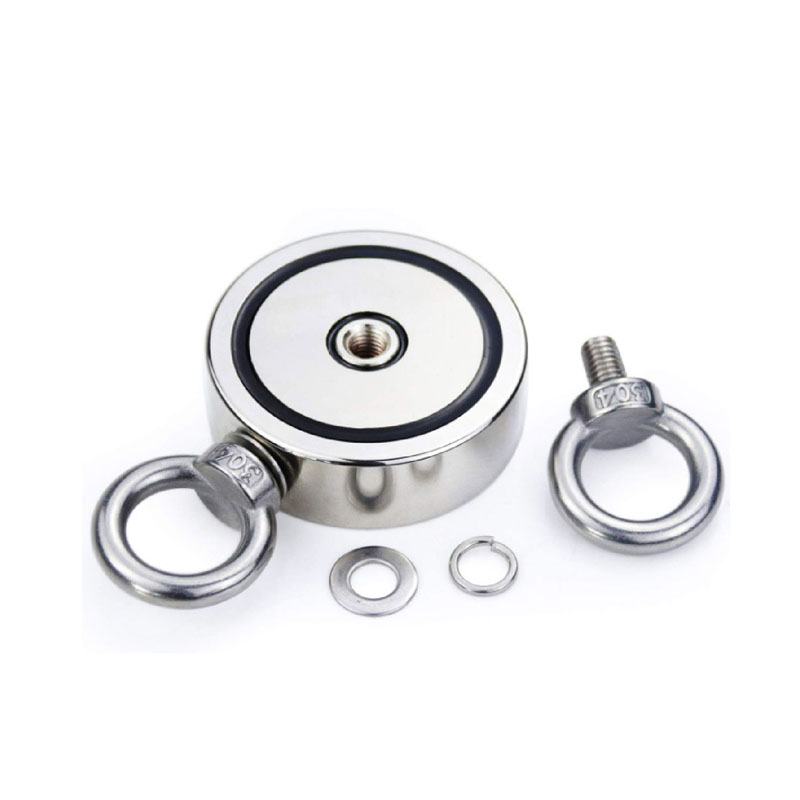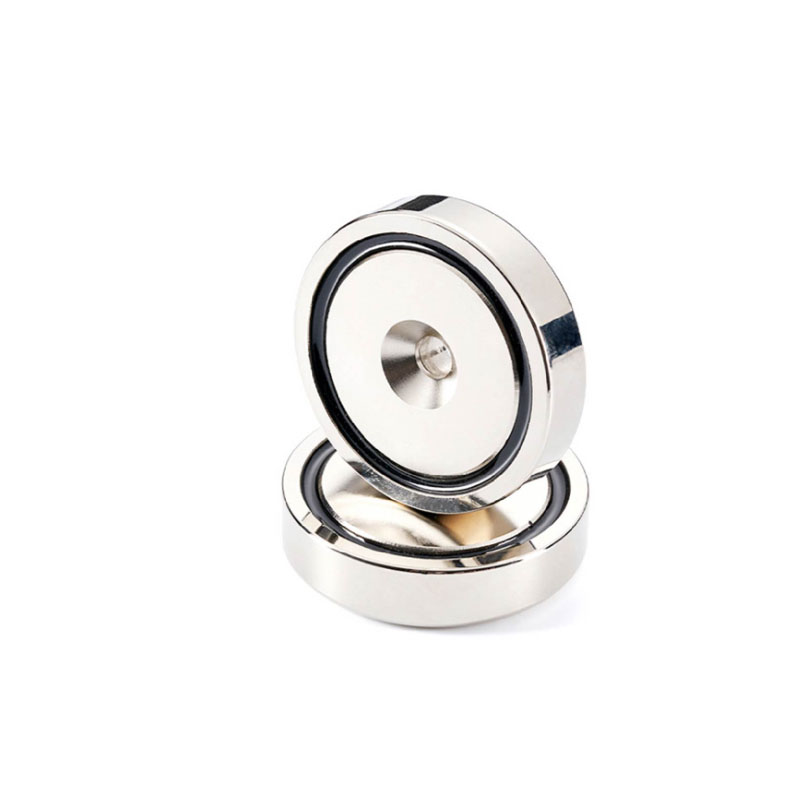NdFeB strong magnet is a special kind of magnet with strong magnetic and adsorption force. In order to ensure that the quality and performance of the strong magnets are up to standard, strict quality testing is required. The following are several common quality testing methods for powerful magnets:
Magnetic testing: magnetism is one of the core properties of powerful magnets. Through the use of a magnetometer or magnetic force sensor, the magnetic field strength and magnetic field distribution of the magnet can be measured. This can help determine if the magnet meets the specified magnetic requirements.
Strong Magnetic Pull Test: The adsorption force of a strong magnet is an important indicator of its performance. The adsorption force of a strong magnet can be measured using a special magnetic tester or weigher. The test method can be directly measuring the maximum adsorption force between the magnet and the steel plate, or evaluating by measuring the adsorption force between the magnet and the steel ball.
Appearance Inspection: The appearance quality of the magnet is checked visually and by touch, including surface flatness, gloss, color and shape. Any surface defects, cracks or foreign matter may affect the performance and service life of the magnet.
Dimensional Measurement: It is very important to measure the dimensions and geometric parameters of powerful magnets. Use gauges (e.g., calipers, micrometers) to measure the magnet's diameter, height, and other dimensional parameters to ensure that it meets the specified dimensional requirements.
Chemical Composition Analysis: Powerful magnets are often made from a variety of metals and alloys. Through chemical composition analysis instruments, the content of various elements in the magnet can be tested to ensure that its chemical composition meets the standard requirements.
Temperature Characterization: The performance of powerful magnets may change with temperature. By conducting temperature characterization tests, the performance of magnets at different temperatures can be evaluated and the optimal operating temperature range can be determined.
Other special tests: Depending on the specific use and requirements of the magnet, other special tests may be required. For example, durability tests, corrosion tests, water resistance tests, etc. may be conducted to assess the stability and durability of magnets in specific environments.
Overall, quality testing of powerful magnets is a critical step in ensuring their performance and reliability. Through the use of specialized testing equipment and methods, the magnet's magnetic properties, adsorption, appearance, dimensions, chemical composition and temperature characteristics can be comprehensively tested and evaluated. This helps to ensure that powerful magnets comply with relevant standards and requirements, and safeguard their reliability and durability in various application scenarios.


